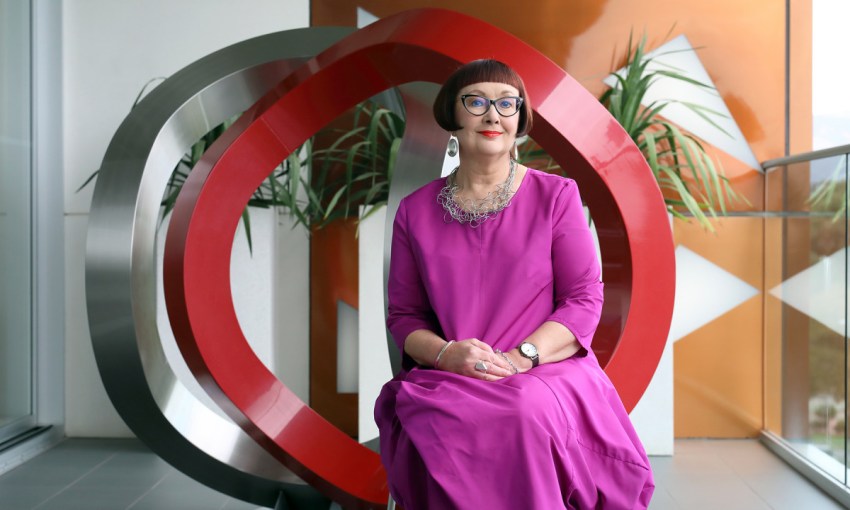Diana Jaquillard is a recognisable character around Adelaide, with her signature short, blunt fringe and stylish, eccentric glasses. One of the greatest loves in Diana’s life is art, and the retired graphic designer is always championing new talent as a board member for the Helpmann Academy Foundation. Here’s her story.
“It has been far better to be locked down with artworks than without”
Where did you grow up?
I was born in Melbourne to my parents Jan (John) and Kamilla Vitkovsky who were refugees from what was then Czechoslovakia after World War II. They had two shillings and sixpence (25c) when they arrived in 1950 along with my two brothers, (three and four years old), who had been born in Europe.
They had to work on Victorian farms in austere conditions for two years to repay the Australian government for their passage to Australia. The first was a rose farm and the second was a dairy farm, where my father was nearly killed by a bull that gored him in the belly, saved only by a boy who distracted it by throwing a stone. They moved to Adelaide in the 1950s when I was a year old.
We lived happily and simply in Klemzig in a housing trust estate while they re-established their lives and made many new friends after having lost all of their property and possessions to the Czech communists when my father dared to speak up against them.
My hard-working father was a university-educated civil engineer, forester and botanist, an intellectual and a very resourceful man. During World War II, he managed the assets of the Prince of Liechtenstein. This included buildings, roads and forests. He forged a career working for well-known builders of the era such as A.S. Bissland and A.W. Baulderstone until he started his own successful building company in the late 1960s in partnership with a friend. We subsequently moved several times to homes that he built for our family before I left home, first in Glen Osmond and then in Hazelwood Park, as my parents’ financial situation improved.
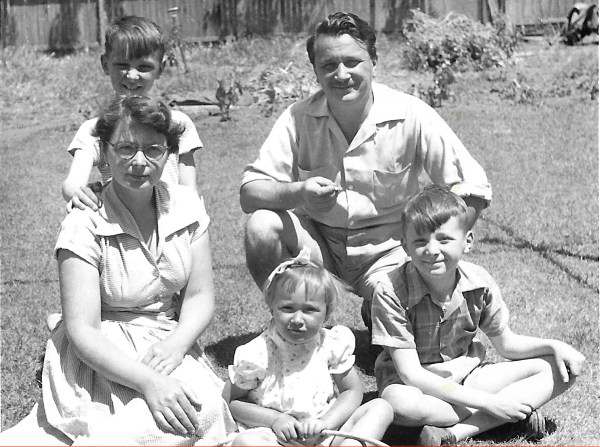
What was your childhood like?
Unsupervised, as was the norm then. My friends and my brothers, John and George, and I rode our bikes after school, explored the banks of the River Torrens nearby, caught tadpoles and yabbies on weekends, played at each other’s homes and had only to reappear before the curfew of about 5.30pm, or there was the threat of a smack on the leg with a wooden spoon!
On the other hand, my father particularly, was strict about good manners, education, doing well in our studies and attending services at the local Catholic church. From an early age, it was mandatory that my brothers and I went with him to the public library on North Terrace every Saturday morning. I read three books each week. As a result of this, I had to be admitted to the youth library at 11 years of age, instead of at the usual age of 13 because I had read every book in the children’s library!
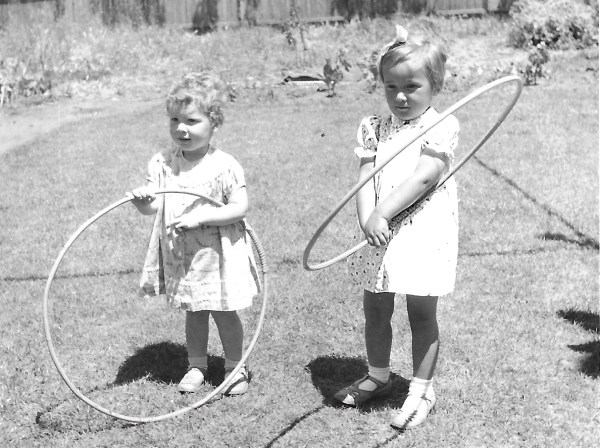
What did you want to be when you grew up?
When I was a child, I was influenced by my father to want to be a school teacher, but that was transcended by my interest in being an artist when I went to secondary school.
Most pivotal moment in your life?
Meeting my wonderful husband Philippe Jaquillard in 1991. We married within the year. He encouraged me to embark on the other pivotal moment in my life, which was starting my own graphic design business in 1994, which had a specialty in design for the wine industry.
Graduating in Graphic Design from SASA was another milestone in life. I had been torn between majoring in fine art or graphic design but decided upon graphic design for economic practicality. Because the course at that time also included painting and drawing, I can do both!
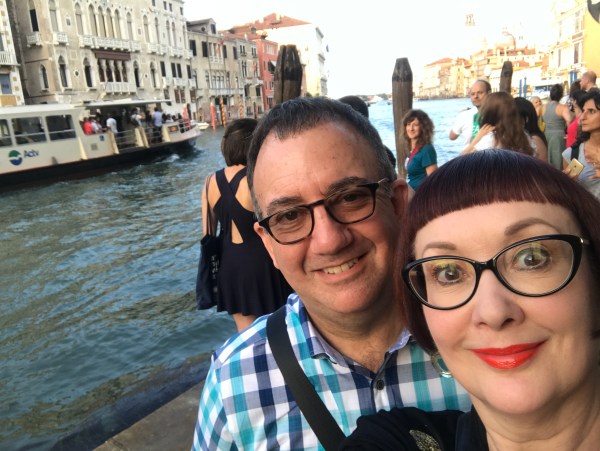
How did you meet Phil?
After my first marriage, which ended when I was 32, I was single for seven years until I met Phil entirely by chance.
My good friend Olga Kostic and her then partner invited me to a dinner party at their home in Parkside. They had also invited a married couple, as well as a single man to even the numbers (and of course to do some matchmaking). He was a real estate agent.
The day before the dinner, the single man called to say he was ill and couldn’t join us. Olga racked her brains to try to think of another single man that might suit me and the only one she could think of was Phil, who she hardly knew and had met because he had his photos developed at the pharmacy that she worked at part-time. They had chatted about the photos because she was studying oenology and Phil had had photos developed of Max Schubert, the maker of Penfolds Grange. In those days, Phil was working as general manager of Justin Milne’s company, Newfilms, which was filming a documentary about Max entitled The Story of Grange. Though Olga hardly knew Phil, she invited him to her dinner party. We were married within that year and the rest is history.
We were very keen to have children, but unfortunately, it did not eventuate, though we employed IVF for approximately three years. No cause was identified. Though we were sad, we came to terms with that and have had a very enjoyable life with less restrictions than if we were parents. It has allowed us to travel more and do other things such as develop interesting careers that it would otherwise have been more difficult to pursue.
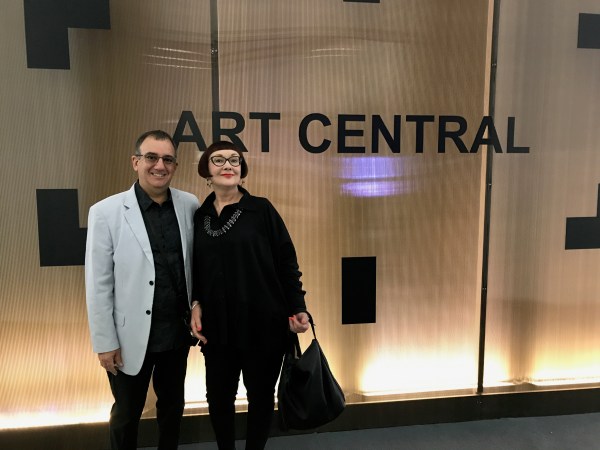
Tell us about your career and causes.
My career included (ironically) teaching art for several years at a secondary school because there was a shortage of teachers at the time, then working as a graphic designer and illustrator at Centre for Applied Learning Systems at Adelaide College of TAFE for 18 years.
My career culminated with my own award-winning business, Graphic Language Design, spanning over 18 years until I sold it and retired in 2012.
I had always been interested in furthering the success of women in business and politics and was vice president of the Asia-Pacific Business Council for Women for approximately five years, as well as a member of various women’s business networking groups. I was a member and sponsor of the South Australian Women’s Trust.
An alumnus of the Telstra Awards, I received a Telstra Business Women’s Award and my business received a Telstra Small Business Award in 2001.
I am currently on the Helpmann Academy Foundation Board whose mission is to further the careers of emerging artists from South Australia’s major tertiary institutions via grants, awards, mentorships and overseas residencies.
Whilst in my graphic design business, I often mentored and gave students and new graduates the opportunity to do work experience within my studio, sometimes for six months, because I realised that without work experience on a CV, it’s almost impossible for designers to gain employment as it’s a very competitive field.
An interest in art glass led me to be involved as a Development Committee Member at JamFactory SA. My husband and I were founding patrons of the biennial Fuse Glass Art Prize, which encompasses Australia and New Zealand.
In 2014, I was state president of La Chaine des Rotisseurs, a global body based in Paris that assists emerging chefs, sommeliers and waiters with advancement in their careers via international gastronomic competitions.
I have been listed in The Who’s Who of Australian Women since 2006 because of ongoing involvements in many charitable pursuits, including fundraising for the Mary Potter Hospice Foundation, ProstateSA, Anglicare, Sight for All, Helpmann Academy, JamFactory, as well as for business and artistic expertise.
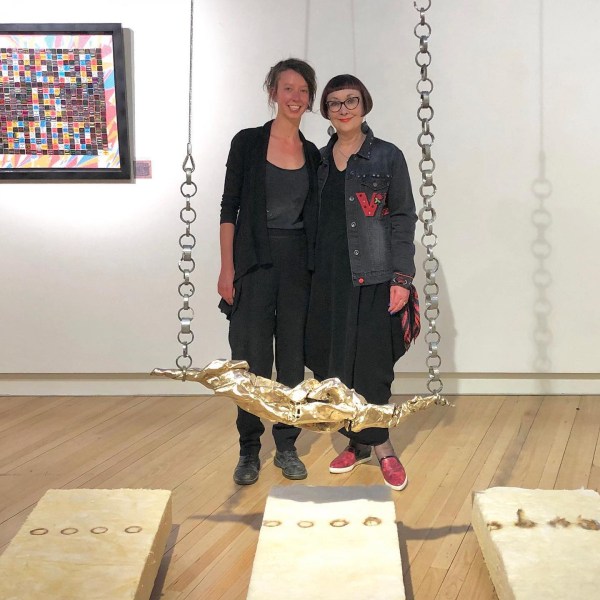
It seems you’ve done so many amazing things in your life – I bet you’ve met some incredible people along the way.
Yes, I have had a very fortunate and interesting life. There are so many interesting people that I’ve met that it’s difficult to recall them all. I’ve met John Howard and Julie Bishop numerous times, dined with famous artist Robert Hannaford and our wonderful AGSA director Rhana Devenport, met many other famous artists and art identities such as Tom Gleghorn whose home we dined at and whose paintings we have many of.
Phil and I have been guests of Alexander and Nicky Downer at the Australian Embassy in London when Alexander was Australian High Commissioner to the United Kingdom. When I was at an exhibition booth at Art Basel Hong Kong, I was rubbing shoulders with David Beckham! I even met Prince Philip who singled me out from other staff to chat to when he did a tour of Adelaide College of TAFE in the 1980s when I worked there!
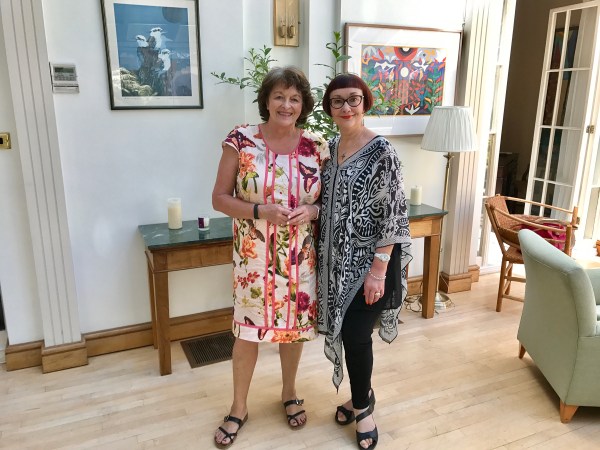
At its core, why is art so important?
Owning art (whether original or not) is a necessity for everyone at the best of times because I believe that it makes homes more pleasurable and interesting to live in.
This has been highlighted to us even more during COVID-19 because it has been far better to be locked down with artworks than without, when you are inhabiting a much smaller world than usual, especially if the art is chosen by yourself and has significance to you.
Public art is another example of this, which benefits far more people than just one household. Huge paintings daily beautify blank walls on buildings; sculptures in parks and malls all create colour, texture, dimension, conversation, discussion and often controversy through social commentary. It alters the prosaic monotone of life.
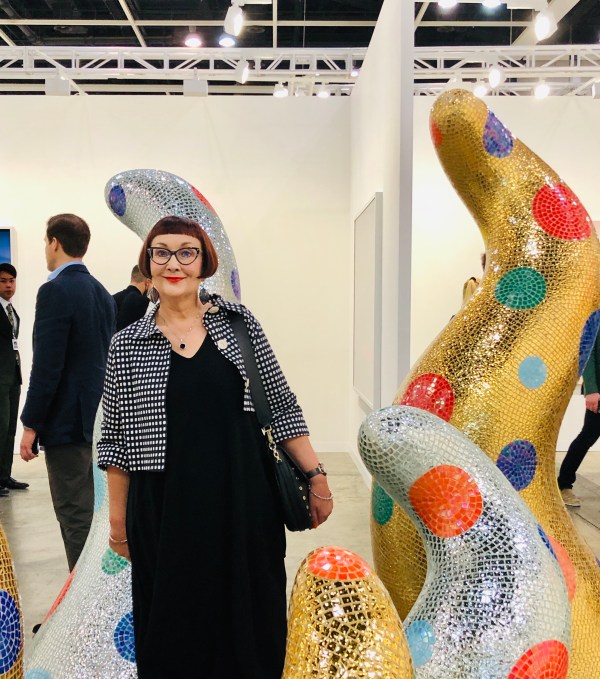
If you could own one piece of art that exists anywhere in the world, what would it be?
I would possibly choose a fabulously simple and sublime sculpture by American artist Alexander Calder, entitled Red Disc, White Dots on Black, which he created in 1960. I was very taken with it when I saw it in the Peggy Guggenheim Collection in Venice during the 2015 Venice Biennale.
Tell me about your own art.
Since I retired, I have either done pro-bono graphic design work for charities such as Sight for All’s annual report, or created visual artwork when asked to do so for charity auctions such as the Variety Club’s celebrity art auction event.
The paintings are usually inspired by the subject that I’m raising money for. For example, Variety Club raises money for needy children. My very contemporary painting featured a child: a foetus in utero as an x-ray image, with a USB device attached to its umbilical cord. My idea illustrated that one day, babies will be programmed within the womb before they are born.
Another a painting I created, entitled Epoch, was for a political fundraiser. This painting is a document which chronicles the issues and buzzwords of our era. It was intended to provide a critical view of the concerns and obsessions of our contemporary society, and highlights current affairs, fiduciary matters, the internet, politicians, personalities and celebrities with the use of words, colour and texture. It is a combination of paint, digital print onto canvas and collage and bricolage.
I now intend to spend more time painting and have started a painting that I will complete when my new studio space is set up this year. I have just purchased two canvases to create a very long, narrow diptych painting for the entry area of our beach house. I’m a late starter as a non-commercial artist!
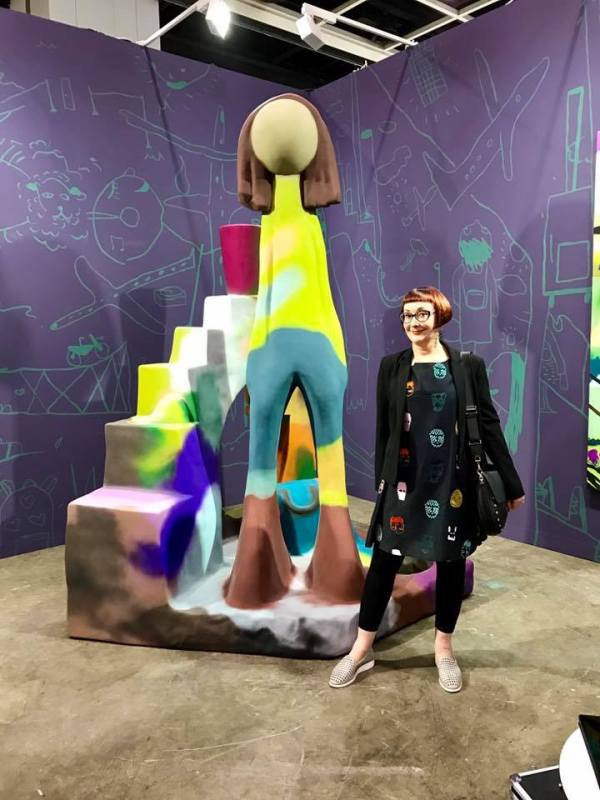
Pet hate?
Intentional ignorance, i.e. the kind of people who are proud to say they never watch the news. These are the kind of people who don’t self-distance during COVID-19 and express radical, ill-informed views about politics and conspiracy theories that they glean from social media and uneducated hearsay.
What are you looking forward to?
The joy of attending Australian and international exhibitions and art fairs: for example, the Biennale of Sydney, the Venice Biennale, Art Basel Hong Kong and Art Central Hong Kong art fairs, Art Central Dangdei in Taiwan, Art Basel in Basel and Miami and Frieze in London and NYC.
Who inspires you?
Strong politicians such as Steven Marshall, Gladys Berejiklian and Jacinda Ardern, who have done such wonderful jobs through the cataclysmic COVID-19 crisis, despite having tasks and obstacles such as the recent bushfires or recent motherhood to cope with.
Something not many people know about you?
In my early 20s, I auditioned for and was accepted as an actor for a segment in a television series, but I got cold feet at the last minute and declined the part.
Just once, I wish I could…
…be young again knowing what I know now. I would try acting too.



